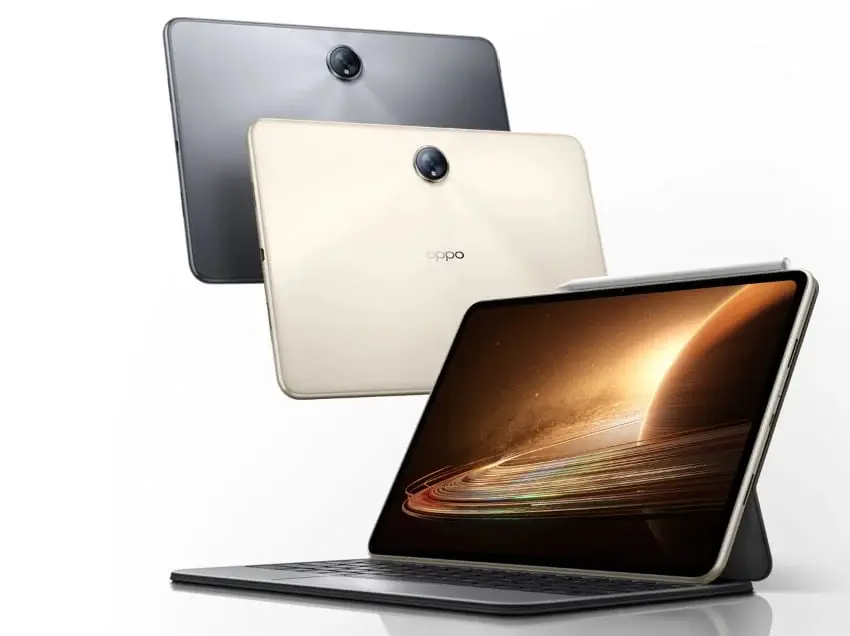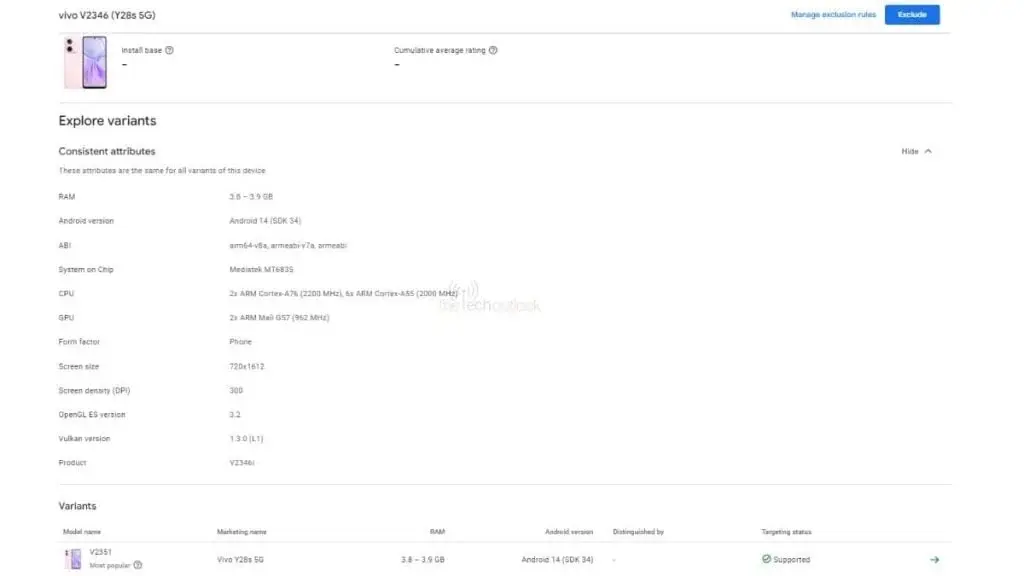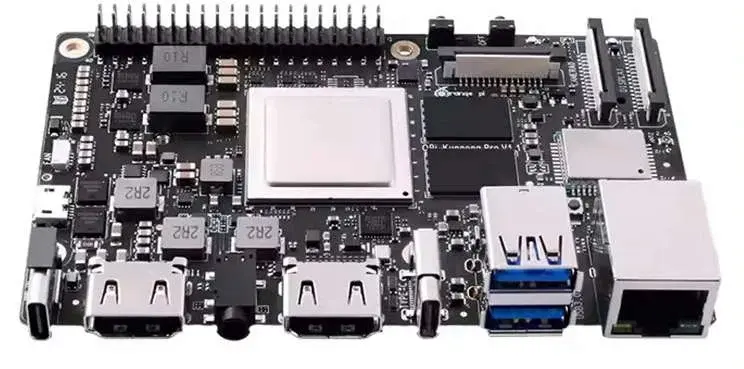Android 15 has reached the platform stability milestone with its Beta 3 release this week, indicating that we are now in the final development phase and approaching the official launch.
The forthcoming OS promises numerous new features and enhancements, including Private Space, Theft Detection Lock, app archiving, app pairs, and more.
Unfortunately, many Android devices, including those from Realme, will not receive the Android 15 upgrade. If you own a Realme device, check the list of ineligible devices below to see if you need to consider upgrading.
Realme Android 15 Ineligible Device List
Realme GT series
- Realme GT 2
- Realme GT 2 Pro
- Realme GT 2 Explorer Master
- Realme GT Neo 3
- Realme GT Neo 3 150W
- Realme GT Neo 3T
- And all older devices
Realme number series
- Realme 10
- Realme 10 5G
- Realme 10s
- Realme 10T
- Realme 9
- Realme 9 5G
- Realme 9 Pro
- Realme 9 Pro+
- Realme 9i
- Realme 9i 5G
- Realme 9 SE
- And all older devices
Realme Narzo series
- Realme Narzo 50
- Realme Narzo 50 5G
- Realme Narzo 50 Pro
- Realme Narzo 50A
- Realme Narzo 50A Prime
- Realme Narzo 50i
- Realme Narzo 50i Prime
- Realme Narzo N55
- Realme Narzo N53
- And all older devices
Realme C series
- Realme C67
- Realme C55
- Realme C51s
- Realme C53
- Realme C51
- Realme C35
- Realme C33 (2023)
- Realme C31
- Realme C30s
- And all older devices
This list is not official and has been compiled based on the software update policy and the company’s past OS update rollouts.
Realme Software Support Overview
Realme offers reasonable software support for its smartphones. Newer GT flagship models receive three years of OS updates and four years of security patches, while older GT models get two OS upgrades.
However, three OS updates are modest compared to competitors like Samsung and Google, which offer up to seven years of OS updates. Even Realme’s sister companies, OnePlus and Oppo, have begun offering four OS updates for their flagship models.
Realme’s numbered series typically receive two OS updates, while the budget Narzo and C series usually get only one. However, the company has started offering two upgrades for newer Narzo models.
We will explore Realme’s software support in more detail in another post. For now, let’s focus on Android 15.
Android 15: When Is It Coming to Realme Phones?
After two developer builds earlier this year, Google announced multiple beta builds of Android 15, allowing users to experience the new OS early. Recently, Beta 3 was released, marking the start of the platform stability phase.
The platform stability phase is the final step before the new OS is publicly available. During this stage, Google resolves bugs and issues, adding finishing touches for the stable release.
While we have an official Android 15 timeline, it doesn’t specify when the stable build will be available. However, if it follows last year’s schedule, Android 15 should be released in early October.
If you own a Realme 12 Pro+ 5G, you can install the Android 15 beta to try out the new OS before its official release. Remember that beta builds may contain bugs and some features might be missing. The beta program is expected to expand to more Realme devices in the coming weeks, allowing more users to participate.
Last year, Realme launched its Android 14 beta program in May, the same month as the Android 15 beta, and took about six months for the first stable release. Hopefully, this will improve with Android 15.
What’s New in Android 15?
- Theft Detection Lock: This feature locks the screen if the phone senses it has been stolen or detects suspicious activities like multiple failed log-in attempts. Additionally, it prevents the device from being reset with a different Google account unless the thief has your credentials.
- App Pairs: Android 15 will let users save their favorite split-screen app combinations for quick access. A shortcut will be created on the home screen to open both apps in split-screen mode instantly. Initially, this feature is aimed at large screen devices like tablets.
- Private Space: This feature adds an extra layer of security for sensitive files and apps, similar to Samsung’s Secure Folder. It creates a separate, hidden space where you can store private apps and files, which won’t appear in the recent apps section.
- Partial Screen Sharing: This feature allows users to share or record a single app instead of the entire screen, providing more focused content sharing.
- App Archiving: This feature enables unarchiving apps to save storage while keeping the user data intact. Android 15 integrates this feature at the OS level, allowing archiving and restoring of any apps, even those installed outside the Play Store.
- Improved Health Connect: The new OS includes additional data types across fitness, nutrition, and more. Beta 2 adds skin temperature and training plans as new data types.
- Notification Cooldown: This feature prevents users from being overwhelmed by successive notifications from the same app by lowering the volume. Initially discovered in Android 15 DP1, it was removed in Beta 1 but is expected to return in the final build.
These are the major changes expected in Android 15.
















